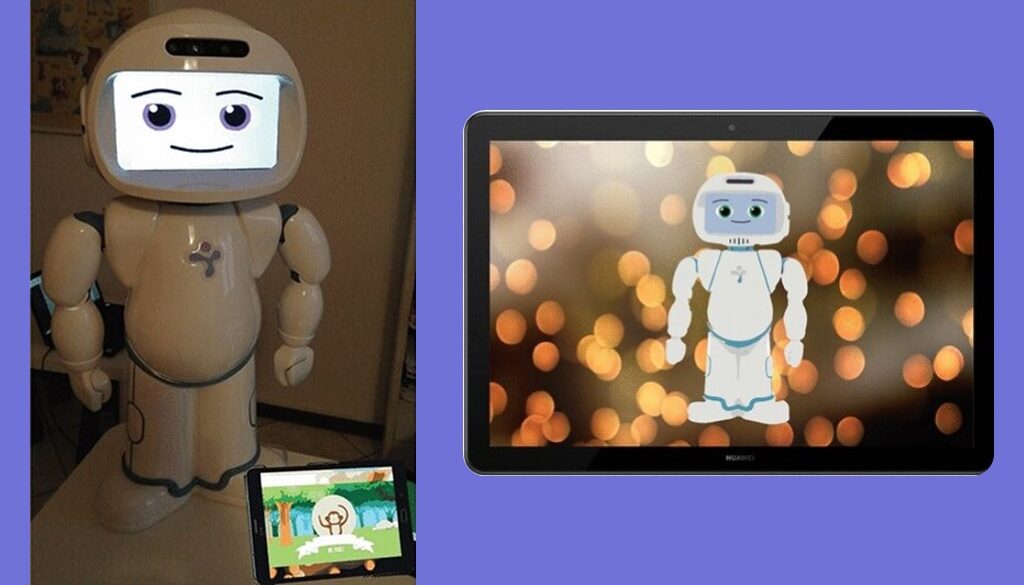
Abstract:
Socially assistive robots (SARs) have shown promise as therapy tools for children with primary or co-occurring language impairments, such as developmental language disorder and autism spectrum disorder. However, only a few studies have explored the use of SARs in speech-language therapies. This study aimed to: (1) investigate the potential of SARs for training linguistic skills in children with language impairments, focusing on specific language aspects and measuring linguistic improvements during speech-language therapy; (2) examine children’s facial cues during SAR-supported speech-language therapy; and (3) gather therapist perspectives on using SARs in speech-language therapy after experiencing it firsthand.
To achieve these goals, the researchers conducted an 8-week between-subjects study involving 20 children with language impairments and 6 speech-language therapists. The children were randomly assigned to either a physical SAR or a virtual SAR condition, both providing the same language impairment therapy. Data collected included linguistic activity scores, video recordings, therapist questionnaires, and group interview data.
The study results indicated that: (i) overall linguistic skills of the participants improved significantly in both conditions; (ii) participants engaged with the physical SAR (measured by gaze direction and head position) were more likely to show linguistic skill improvements and had significantly higher numbers of speech occurrences in the child-robot-therapist triads with the physical SAR; (iii) therapists expressed skepticism about the efficacy of SARs in this context but believed that SARs could be beneficial for keeping children engaged, motivated, and positive during speech-language therapy.
Reference:
Spitale, Micol & Silleresi, Silvia & Garzotto, Franca & Mataric, Maja. (2023). Using Socially Assistive Robots in Speech-Language Therapy for Children with Language Impairments. International Journal of Social Robotics. 15. 10.1007/s12369-023-01028-7.